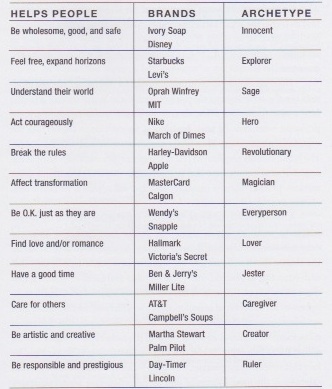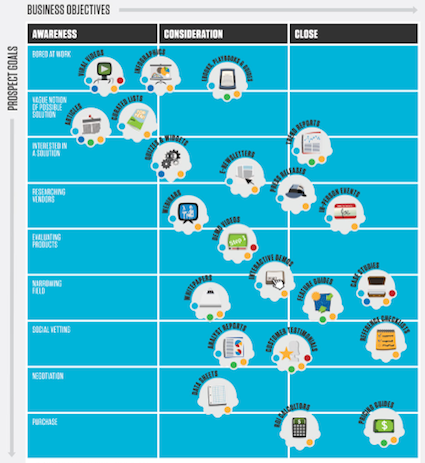“If Social CRM deliverables can yield measurable lift in sales for businesses, then we are beginning to provide real value.” JP Lind, SVP of Giveo.
Humans are very excited to share personal thoughts & inspirations on social networks. Brands with personality and a living spirit can do this too. And the nexus point of this excitement is where a relationship between brand and individual takes off. Identifying possible nexus points of connection and “spark” between brand and individual is a core function of social business intelligence.
How to do this? Themos Kalafatis accurately points out that “the answer to true Social Media Intelligence is the use of Predictive Analytics (Data & Text Mining) applied to Social Data.” (SOURCE) Mr. Kalafatis is a global pioneer in this work, applying his data-mining expertise in such countries as Serbia and Greece, two very difficult languages in which to apply text-mining methods. The lessons he has learned through this work are fascinating and available at his blog.
The corporate conversation: Ed Fullman, CEO of Reunify (formerly Incentica), says, “At the end of the day it gets down to who is asking about who.” Reunify is focused on scoring traditional CRM using, in part, social data (amongst other identifiers). Business strategist Dion Hinchcliffe writes, “Having the big picture today means connecting internal business data to external information streams, live & without delay.” Connecting the internal conversation at brand/agency HQ with the external conversations in a market niche continues to be a very valuable action, yielding challenging questions to company leaders and agency strategists. Additionally, connecting conversations in social networks WITH actual buying behavior visible in the back-end CRM is a core action by social business intelligence practitioners.
Real-time observation affirms archetypal truth: Conversations and communities in social networks flesh out the “archetypal” pillars of customers that have always congregated around specific phenomena. The particular ways in which this consumer behavior is cloaked is defined by the times one lives in. And it is this flavor that marketers are after in their research. Social data gives us this flavor and data from CRM confirms campaign efforts. While the CFO says, “I would rather pay for qualified leads derived from a social CRM process than insights & trends from ongoing social monitoring,” the CMO says, “We’d like to see those insights and trends available via social business intelligence.” Both are important.
Different types of customers orient around specific archetypes, which we can associate with specific brands. Click here to see the image in a larger format. (Image: Mapping the Organizational Psyche by John G. Corlett & Carol S. Pearson, CAPT Publishers, Gainsville, FL. 2003)
Different types of customers are at various stages of considering a product/service. These stages can be associated with specific content. Click here to see the image above in a larger format. (Image: The Content Grid 2 by Jess3 and Eloqua Agencies.)
A parting question for brands and agencies: Have you matched your CRM with content-pieces organized by type of buyer? Imagine matching content within THE CONTENT GRID 2 CHART (above) with your CRM (customer database). That’s an essential and powerful action of social business intelligence.




